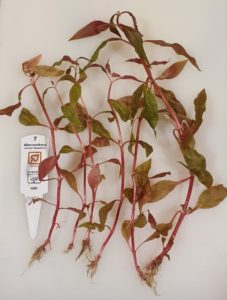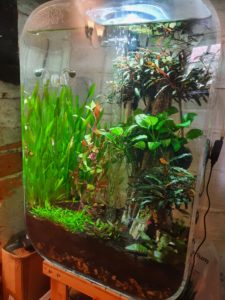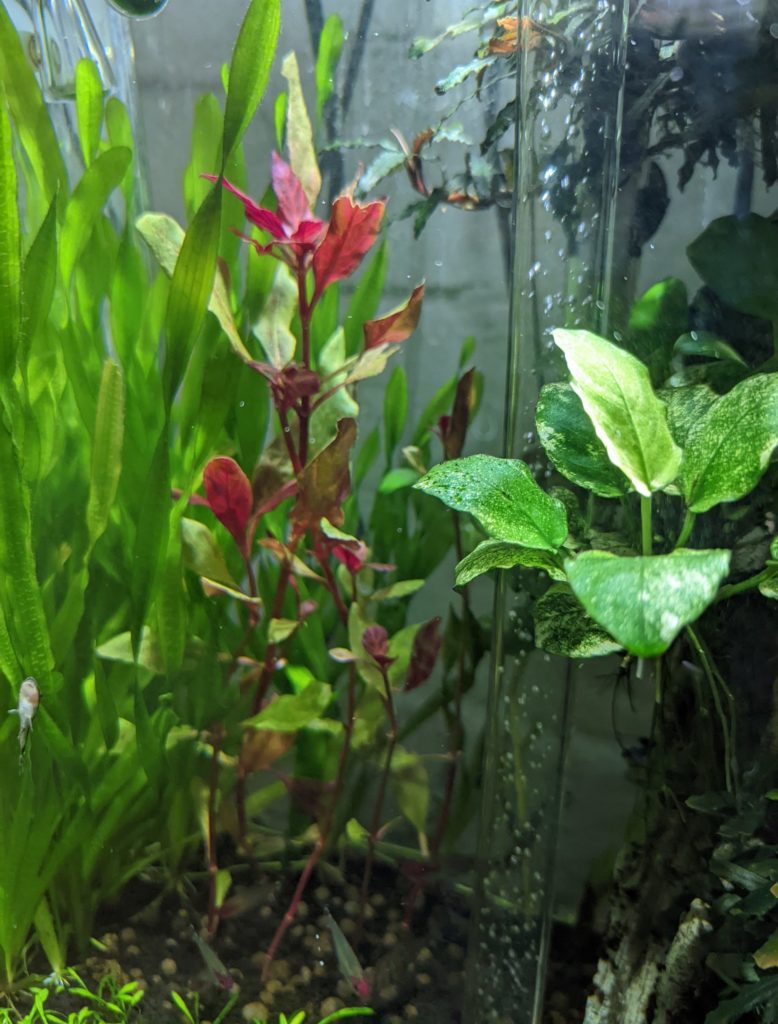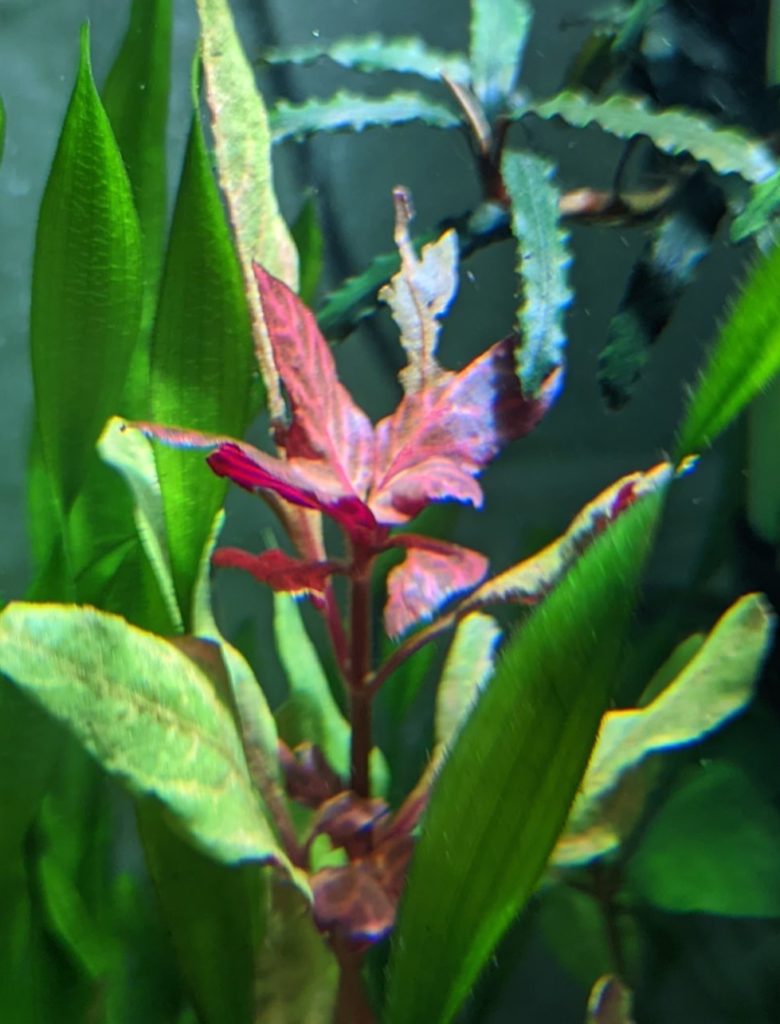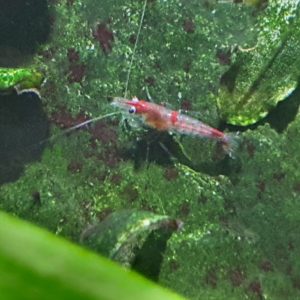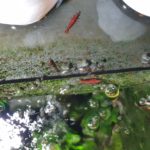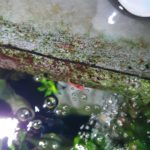I’ve been looking for a red plant to replace the Ludwigia palustris mini ‘Super Red’ which is an awesome stem plant, but which comfortably exceeds 50 cm in length and so is really too large for the Fireplace Aquarium – keeping it trimmed was just too much hassle. Previously, I had a go with Alternanthera reineckii ‘Rot’ which started out promisingly, but then never really made a recovery after the usual ‘cut off and replant the tops‘ process. Further reading suggests that may have been where I went wrong – leaving the rooted bottom section to resprout new growth after trimming may have been a better approach with alternanthera, in contrast to approaches with many other aquarium plants. I’ll keep that in mind for the ‘Rosanervig’. Rosanervig is supposed to be an intermediate sized alternanthera growing to 20 cm or a little larger.
Adapting Alternanthera reineckii ‘Rosanervig’ to submersed growth
I received in from Pro Shrimp a quite large portion of Tropica-grown Alternanthera reineckii ‘Rosanervig’ potted in rockwool. Removing the rockwool carefully with pinsettes gave six healthy-looking emersed-form plants. I planted the Rosanervig in the middle left of the Fireplace Aquarium, in front of a developing back curtain of Vallisneria asiatica, and behind a foreground patch of Cryptocoryne parva. The emersed form leaves really aren’t very happy when fully submersed and several were shed straight away, or started developing some rattiness. Some of the amano shrimp may even have had a bit of a go at nibbling the straggly looking leaves.
Submersed form leaves start to look good after two weeks
After a couple of weeks, it’s clear that new submersed form leaves are developing nicely on the Rosanervig. Emersed form leaves are a blotchy light green with hints of red undertones on the top surface with pale pink/green undersides. In contrast, the submersed form leaves are deep red with bright pink veining structures on top and bright red/pink underneath. Previously the slow growing alternanthera had issues with algae collecting on the upper surfaces. Algae hasn’t been a problem since the revised estimative index dosing scheme was implemented in the Fireplace Aquarium so I’m optimistic for the Rosanervig’s prospects.

